In new S. Africa, some in 'Coloured' community nostalgic for apartheid
As the notion of race remains as discredited as is segregation
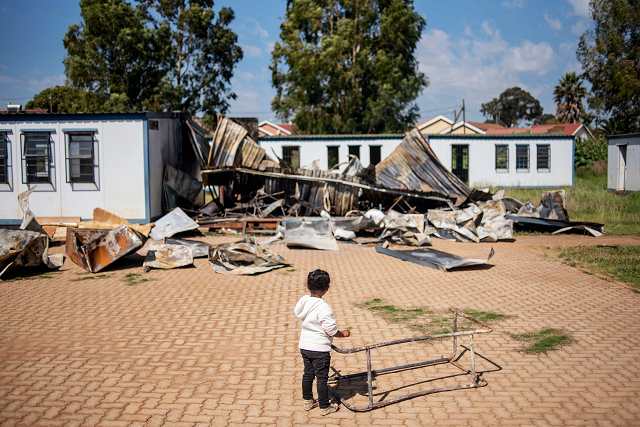
A young child belonging to the coloured community of Eldorado Park stands, on April 18, 2019 in the courtyard of the Oakdale Secondary School on the outskirts of Johannesburg, where several classrooms were destroyed during a student strike on April 15. PHOTO: AFP
"We are not black enough," added her sister who has also been unemployed for years.
"We are not part of this country. We were marginalised during the apartheid and even now," lamented Dalene, getting into her stride about the discrimination of which she insists she is a victim.
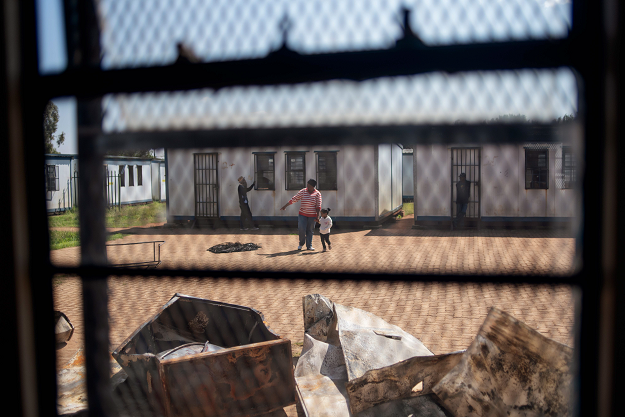 Members of the coloured community of Eldorado Park look on during a land grabbing action on the outskirts of Johannesburg, on April 18, 2019. PHOTO: AFP
Members of the coloured community of Eldorado Park look on during a land grabbing action on the outskirts of Johannesburg, on April 18, 2019. PHOTO: AFP"Our people live like mushrooms. Four generations under the same roof," said Elizabeth Raiters, seated in the living room of the family home in the majority "Coloured" township of Eldorado Park, an outlying suburb of Johannesburg.
In total, nine people - soon to be 10 with a baby due - live in the property, which has a small bedroom and a hut in the yard.
Elizabeth applied for social housing to ease the squeeze - but that was 17 years ago, and failed. She is convinced it is because of the colour of her skin.
Apartheid, the race-based system ended 25 years ago
Apartheid legally divided South Africans into groups of whites, blacks, Indians and "Coloured," a term meaning people deemed to be of mixed race.
The remnants of system were swept away a quarter-century ago, and today the notion of race remains as discredited as is segregation.
Yet the term "Coloured" is still widely used today - and complaints of exclusion are common.
"We are constantly in the middle," complained Elizabeth, a woman with a small frame and hair held back with a headband.
The "Coloured" community itself also comprises several ethnic groups, notably including the San (bushmen) and Nama - both indigenous to southern Africa.
They are often referred to as the country's "first nation," according to Keith Duarte, a representative of the community living in Eldorado Park.
In 1994, when the ruling African National Congress (ANC), spearhead of the anti-apartheid fight, was propelled to power, "we all felt that the ANC would represent us, would be inclusive," he said.
"It was the biggest mistake ever ... We need to be treated equally," he insisted.
In the down-at-heel Eldorado Park Township, where the traffic lights sometimes show amber and red at the same time, the small brick homes offer an illusion of comfort.
Behind each home there are courtyards which host cabins made of whatever was available that are home to entire families.
To enter the home of Chesney Van Wyk - a hut with just three square metres (30 square feet) of floor space - one does not have to push the door, but instead lift it with two hands. It has neither a handle nor a hinge.
 Chesney Van Wyk poses for a portrait inside the backyard dwelling he occupies in the coloured community of Eldorado Park on the outskirts of Johannesburg, on April 18, 2019. PHOTO: AFP
Chesney Van Wyk poses for a portrait inside the backyard dwelling he occupies in the coloured community of Eldorado Park on the outskirts of Johannesburg, on April 18, 2019. PHOTO: AFPVan Wyk and his partner, who share a small mattress, use a small peach tree behind the door as a bag rack. The shack, made with plastic-covered cardboard, floods whenever it rains.
Chesney makes ends meet thanks to the small jobs the neighbours give him.
But today he was focussed on another task.
Along with dozens of other nearby residents toting picks and shovels, Van Wyk cleared a vacant plot of land before marking out locations for their future homes with branches.
13 killed in church collapse in South Africa
"We are claiming this land. We know it is illegal but every time we apply for a (social) house, we need to fill up some documents and they never get back to us," he said.
 Chesney Van Wyk (L) and Lorenco Jacob (R), members of the coloured community of Eldorado Park, walk back to their dwellings after a land grabbing action on the outskirts of Johannesburg, on April 18, 2019. PHOTO: AFP
Chesney Van Wyk (L) and Lorenco Jacob (R), members of the coloured community of Eldorado Park, walk back to their dwellings after a land grabbing action on the outskirts of Johannesburg, on April 18, 2019. PHOTO: AFP"For us it's like we are the forgotten sheep."
During apartheid, "we were not white enough, and now we are not black enough," he added.
"They say we are nothing. We are bastards. We are not white, nor black," said Violet Bouwers, a woman in her fifties who was also helping to clear land.
Local youths have limited job opportunities and many have turned to drugs.
 Children play in the yard of a dwelling in the coloured community of Eldorado Park on the outskirts of Johannesburg, on April 18, 2019. PHOTO: AFP
Children play in the yard of a dwelling in the coloured community of Eldorado Park on the outskirts of Johannesburg, on April 18, 2019. PHOTO: AFPIn the township, a hit of highly-addictive crystal meth sells for 50 rands ($3.20).
The drug has ravaged many lives.
In April three mothers made criminal complaints against their addicted children for attempted murder and domestic violence, said Dereleen James of the Yellow Ribbon Foundation which fights drug abuse.
One mother recently killed her addicted son.
"She could not handle it anymore," said James, before commencing a lengthy pursuit in her car for a young addict whose mother requested he be detained.
Patients young and old insist they are in their dire situation because of their skin colour.
There are several drug rehabilitation centres in the township where many people see themselves as victims of an unfair system.
If one goes by official figures, this picture of marginalisation is somewhat different.
Household income among the "Coloured" community is twice as high as the black majority who make up 81 percent of the population.
Unemployment stands at 30.5 percent among the black labour force while it is 23 percent for the "Coloured" community.
South Africa president heads to floods hotspot as 51 die
"Coloured people have always been marginalised under colonial and apartheid rule," said Jamil Khan, a researcher at the University of the Witwatersrand's Centre for Diversity Studies in Johannesburg.
"Post-apartheid South Africa has not addressed that legacy substantially and aggressively enough."
The sense of injustice has persisted to the point that several community members lament the fall of apartheid under which "Coloured" people had the freedom to neither move around nor vote.
"The blacks have all the opportunities," complained pastor's wife Janice Jacobs, 49.
"We were much more comfortable during the apartheid. They would provide us a school pack with all the stationery. We had nurses in the schools. There was order and discipline. If you set a place alight, you would end up in jail.
 Members of the Coloured community of Eldorado Park walk in the courtyard of the Oakdale Secondary School on the outskirts of Johannesburg, on April 18, 2019 where classrooms were destroyed during a student strike on April 15. PHOTO: AFP
Members of the Coloured community of Eldorado Park walk in the courtyard of the Oakdale Secondary School on the outskirts of Johannesburg, on April 18, 2019 where classrooms were destroyed during a student strike on April 15. PHOTO: AFP"The apartheid government used to look after education, health, housing. (This) government does not look after us. I prefer apartheid."

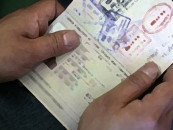
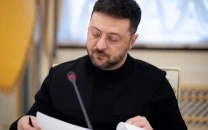

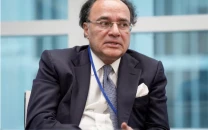













COMMENTS
Comments are moderated and generally will be posted if they are on-topic and not abusive.
For more information, please see our Comments FAQ